Home » Posts tagged '#nationalgeographic'
Tag Archives: #nationalgeographic
Out of Eden & Into the Classroom
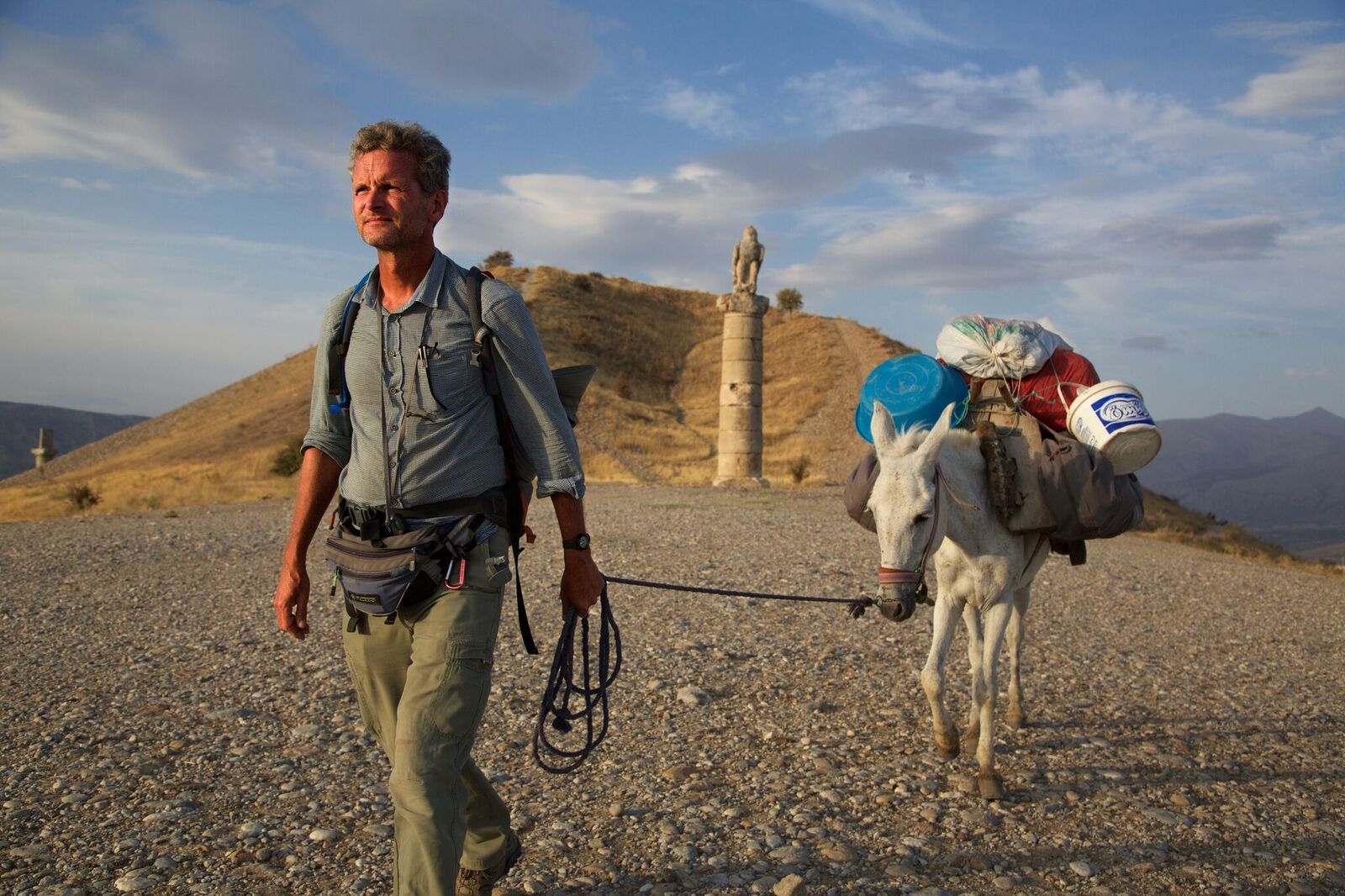
Before visiting this website, I had never heard of the Out of Eden Walk, and I am honestly surprised considering how much of a feat this is. A modern day Odysseus, Paul Salopek is currently on a 24,000-mile odyssey from Africa to the southern tip of South America. It is special because he is following the path our ancestors made as they migrated across the Earth. Along the way he is covering the major stories he encounters from the eyes of the people I didn’t even know existed. From climate change to technological innovation, from mass migration to cultural survival, Salopek is giving voice to the people who inhabit the places he is journeying through every day.
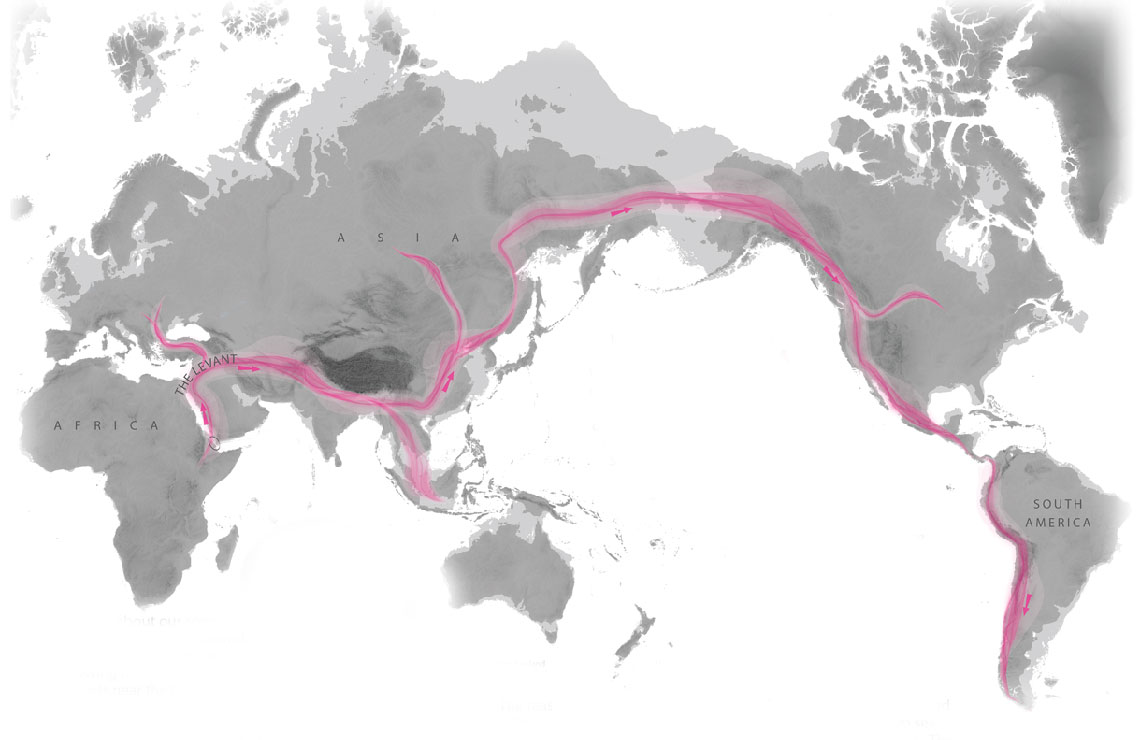
Walking for several years now, Salopek has obviously been to many places. Alongside gaining popularity for this odyssey, he has also inspired educators across the world to teach globally. As a future teacher, I am going to have the task of teaching students about the world ahead of them, and that means more than just learning about their city, state, or even country- it is about teaching that the world is way larger and has so much more to offer than what is on TV or in the news. So much of today’s society is based upon quickness and cheapness, rather than time and quality. Paul Salopek can simply visit big named places in each of the countries he visits and be done in a few months. Instead, he is emphasizing the slowness of it, which really brings meaning to his work and allows for those genuine human interactions. In this blog post, I am going to talk about a few of the place’s Paul has been to.
The first stop for us is the most recent one for Paul: The Gaoligong Mountains, in Yunnan, China.
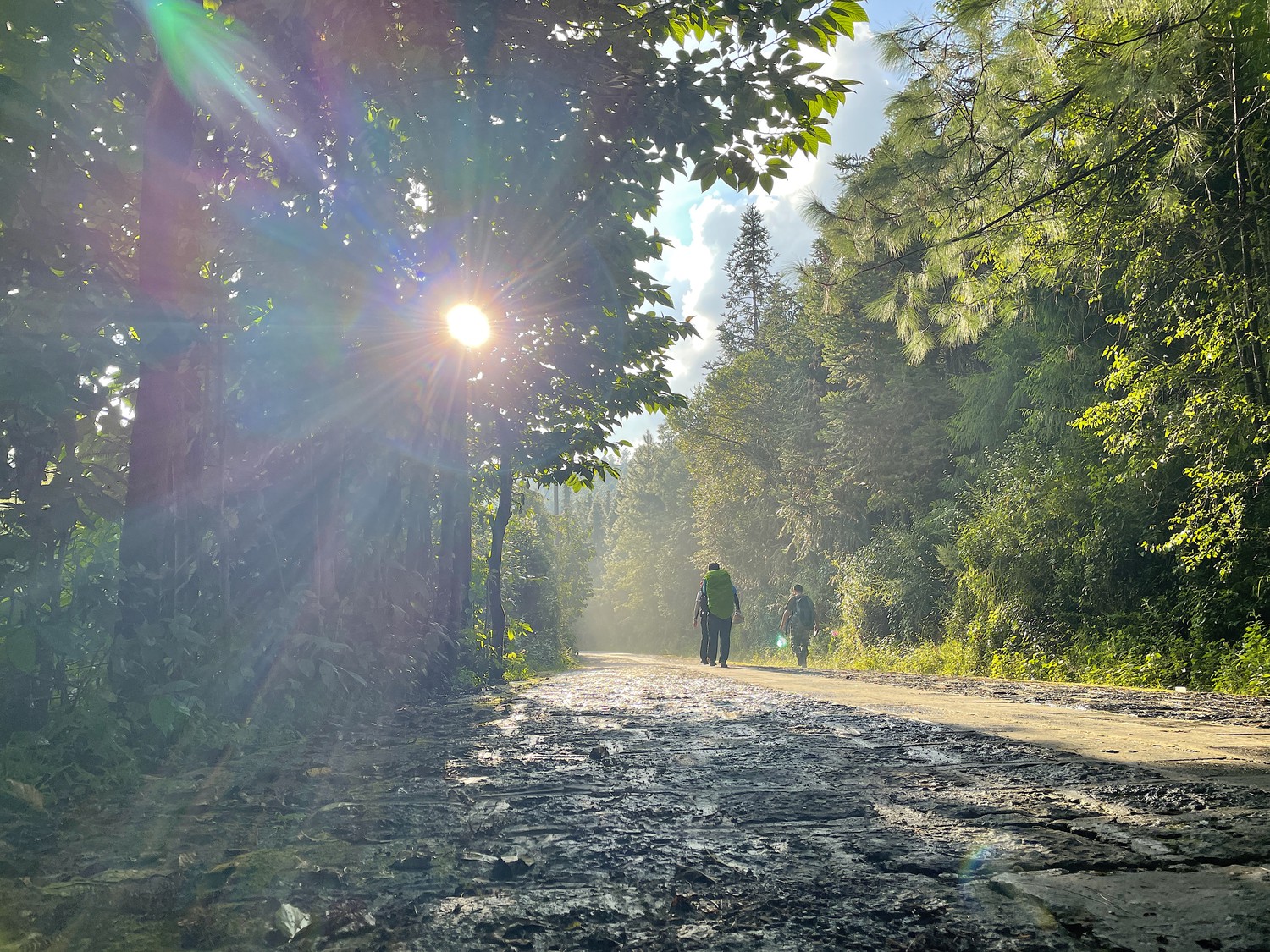
According to Salopek, around 5,000 species of plants, around 700 species of animals, and 1,690 different insects find refuge in the mountain range. One of his guides says the forest floor was so covered with salamanders, the only way he could leave the forest was by walking through creeks. These places are untouched by technology and because of that are often overlooked. That is no problem for those who inhabit areas near the mountain range, in fact, they prefer it. An administrator of the mountain range spoke with Paul and explained there is a saying that goes, “You cut my trees? I cut your hands”. They are very passionate people and have the utmost respect for nature, something that we should all learn from and admire. Yang Xue Liu is a 74 year old man Paul encounters in a village in the mountain range. He sells medicinal herbs and each one has its own purpose. He explains that if people knew plants, they would use them and that is something very important in a science classroom. A teacher could give a whole lesson on plants or nuts that are safe to eat, which can help students learn how to use the environment around them and not always rely on processed food.
The next stop is a step back into time for Paul, but a new future for me and those alike who have no idea a place, named Baku, Azerbaijan, exists.
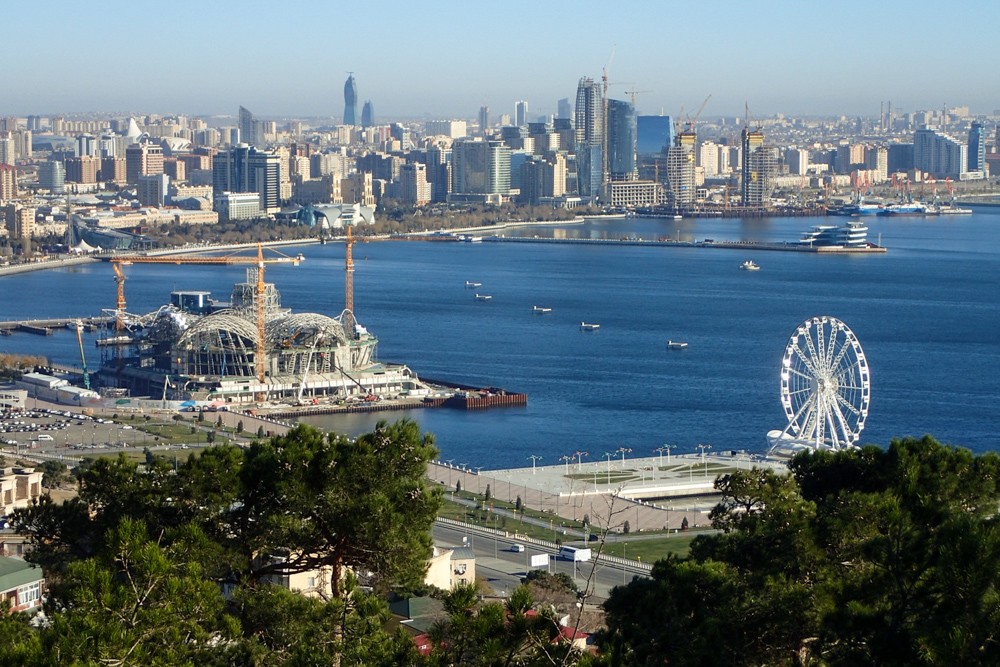
Baku is home to many different empirical influences, from Russian to Persian, Ottoman (Turkish), and even British. It is also home to apparently the world’s largest KFC: a fact I did not ask for, yet did not know I needed to hear. This city has a reputation for taking in widely different influencers and somehow manages to create its own spin on it. This kind of city would be great for a social studies or history class, as it is proof that we live with history everyday. Paul links a walking tour of the city that I think greatly shows the user just how diverse and culturally rich this city is.
Continuing with the theme of being unexpected, the last stop in this blog is where Paul Salopek started, Herto Bouri, Ethiopia. It is interesting to read what expectations he had for his journey, and how excited he was. Salopek in 2013 predicted to be in South America by 2020 and it is crazy to think about how much of the future is unknown especially writing this blog in 2021 dealing with the Covid-19 pandemic. His journey beginning reminds me of beginning school for the first time as a 6 year old. Like Paul, I had no idea of the journey I was in for, and I still do not now. Just as my parents and other adults have done before me, I walked through school everyday, enjoying the ride and discovering new things about myself and others. Now, on the cusp of ending my school career as a student, I begin a new walk in school, as a teacher. Like the guides that help Paul on his journey, I too am now a guide for the students who are now where I once was. Keeping him and his journey in my thoughts, I will use this Walk of Eden as a teaching point about the globe, but also one about ourselves. A quote by a fifth grader in the U.S.A. about the Out of Eden project really sums up the importance of this project: “I think when exposed to the details of others’ lives, you start noticing your own…”—Annie 5th grade student, Massachusetts, USA.
Out of Eden Walk
For this weeks blog, I am writing about a surprisingly fun experience I had while exploring the migration of our ancestors. I have always been fascinated by other cultures and this project from National Geographic does an incredible job of giving a bit of insight into how different the world is. Paul Salopek is a award winning journalist who has decided to document his journey across 24,000 miles of human history. The amount of detail Paul Salopek and his team put into this project is astounding, with links to every map and picture so readers can learn more. The journey is laid out in a series of chapters with each one describing a different experience.
The Silk Road

The first stop I made, was the Silk Road, a topic I remember learning a lot about in high school. The first stories in this chapter describes what life is like living in Pakistan and Afghanistan. Paul describes the countries’ winding, snow covered roads and unique cuisine. I found the story about the medical benefits of sea buckthorn to be extremely interesting. This chapter was by far my favorite as it gave incredible insight into how peaceful these countries are when they are mostly attributed to war.
The Middle Kingdom

The second stop I made, was another one I was greatly looking forward to, a journey through China and Myanmar, the Middle Kingdom. Being one of the largest countries in the world, China is extremely rich in culture, with an astounding level of diversity. However, the story I was most interested in, is the places Paul was unable to visit. During his journey across Myanmar, Paul ran into logistical trouble because of the COVID-19 pandemic. He was forced to fly directly to China, and as a result, lost over 200 miles of potential stories.
The Holy Lands

The final stop I made was in the Middle East, the Holy Lands. This part of the world is considered to be one of the most unstable, making is quite risky to document. Regardless, Paul and his team were able to capture a wide variety of life from this part of the world. The Middle East is home to three of the worlds great religions as well as a massive source for petroleum, making is a restless location. However, like Pakistan, where there is human struggle, there is also incredible beauty.
I had a great experience reading about Paul Salopek’s Out of Eden Walk and I was only able to scratch the surface. Every page leads to more links where even more information can be found. This makes it a great database for a classroom. Students could spend hours clicking through links without getting bored. For a history teacher, this site is a “must have”. If you would like to learn more, you can check out the Eden Walk on National Geographic’s website, here.
National Geographic: Out of Eden Walk
By: Dara Sborea
This week, we are exploring journalist Paul Salopek’s 24,000 mile journey, titled “Out of Eden Walk.” The idea was to follow the path out of Africa to other lands, just as our earliest ancestors did tens of thousands of years ago.
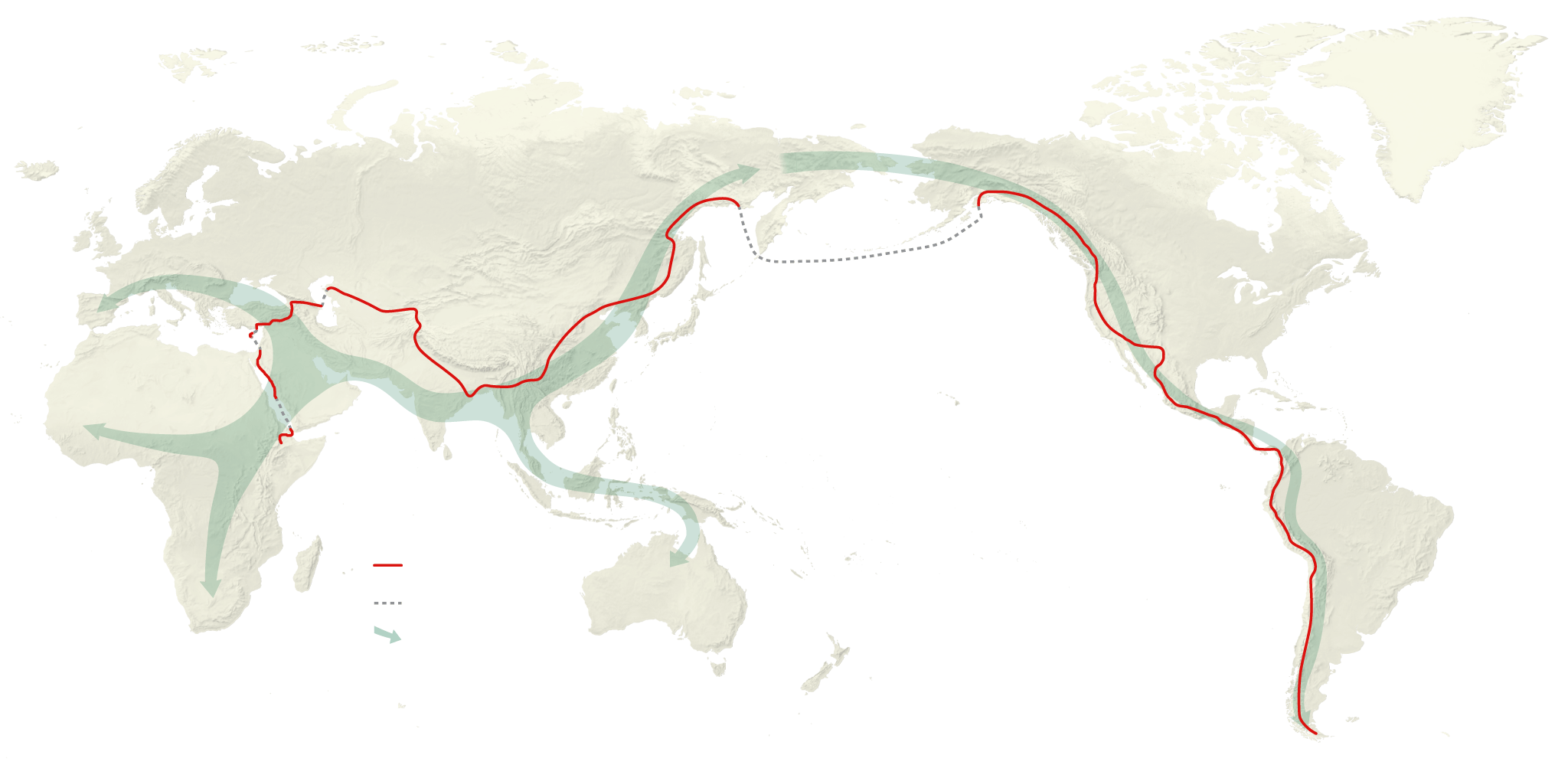
Salopek wanted to slow down so we can rediscover our world, on foot. His idea was to highlight the people and events along this journey that wouldn’t normally make the news. In this post, I will discuss three of destinations from the walk, but I highly suggest you take a look at Salopek’s journey for yourself.
Salopek begins where humankind began, in Africa. In the Great Rift Valley, which Salopek describes as an inhabited wilderness, he encounters Ahmed Alema Hessan, a leader of a clan of the Afar people. Hessan hasn’t driven camels in 30 years, but in this region, there is plenty of help as Salopek and Hessan walk and talk. Salopek describes the people who come and go along this part of the route as engaging in a public conversation, just to vanish into the horizon once their part is done.
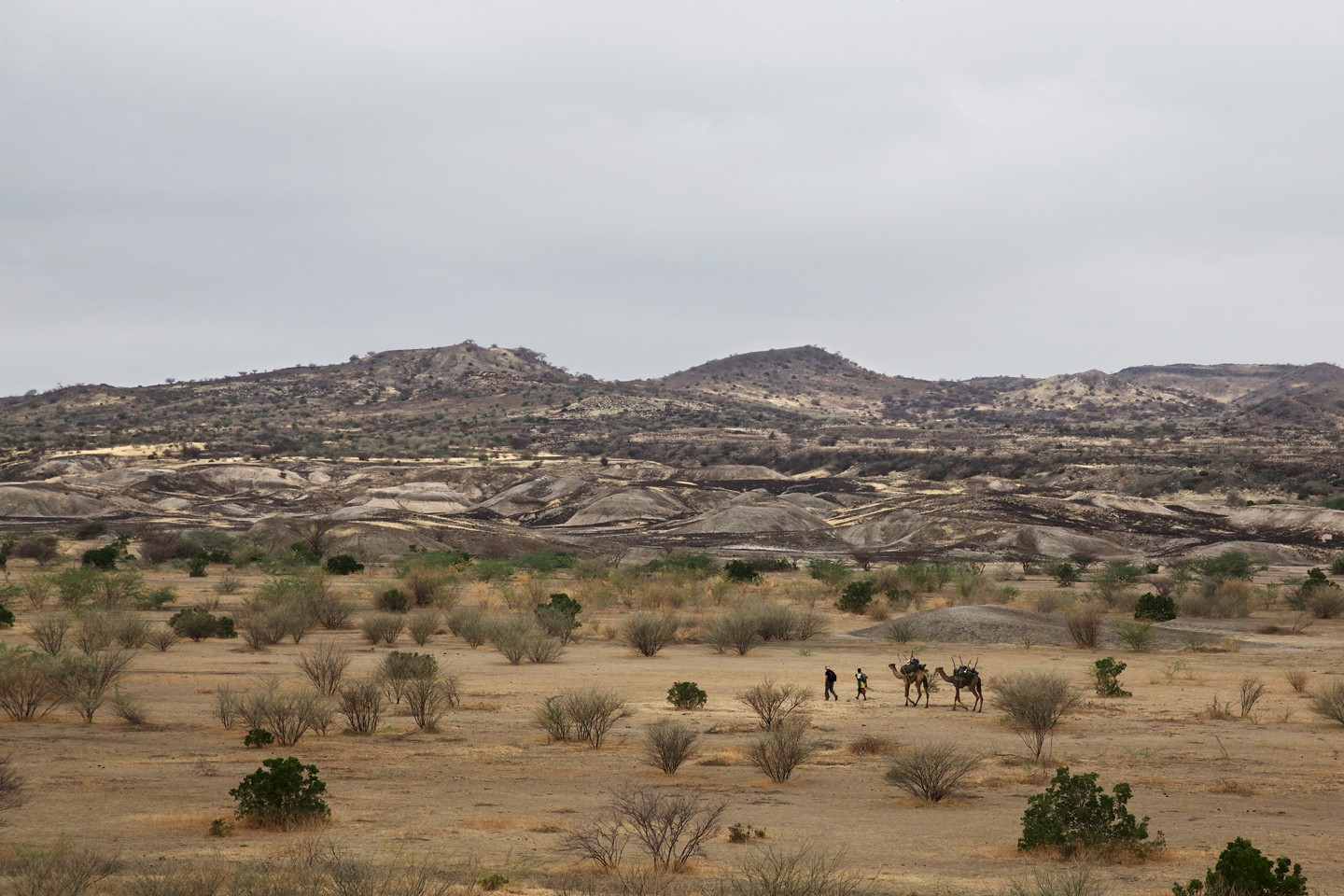
For a significant part of Salopek’s journey, he travels along the Silk Road, which was a network of trade routes that connected China and the Far East with the Middle East and Europe.
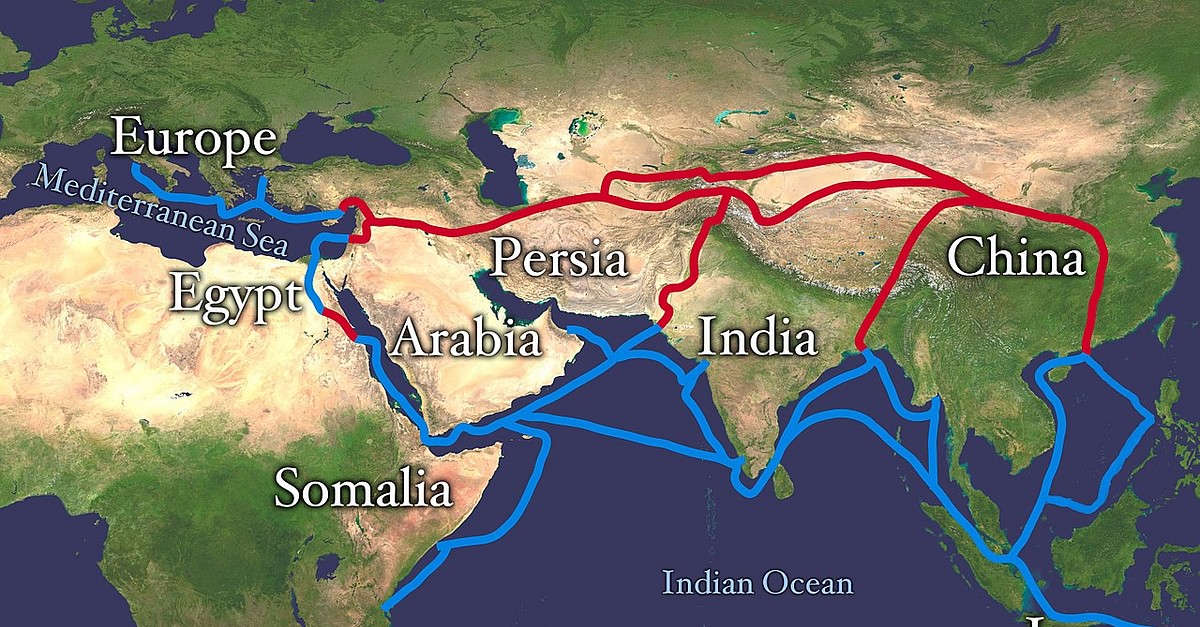
Horses were first domesticated in Kazakhstan, which means the first cowboys were there too. Salopek decides to look for a horse here to use as a pack animal. He is committed to completing his journey on foot, or by boat when required. As it turns out, while Kazakhstan’s citizens cling to their heritage with horses, few have seen or touched a live horse. Salopek does manage to find a horse breeder, and a horse is eventually delivered to him, but it’s likely not the one Salopek chose.
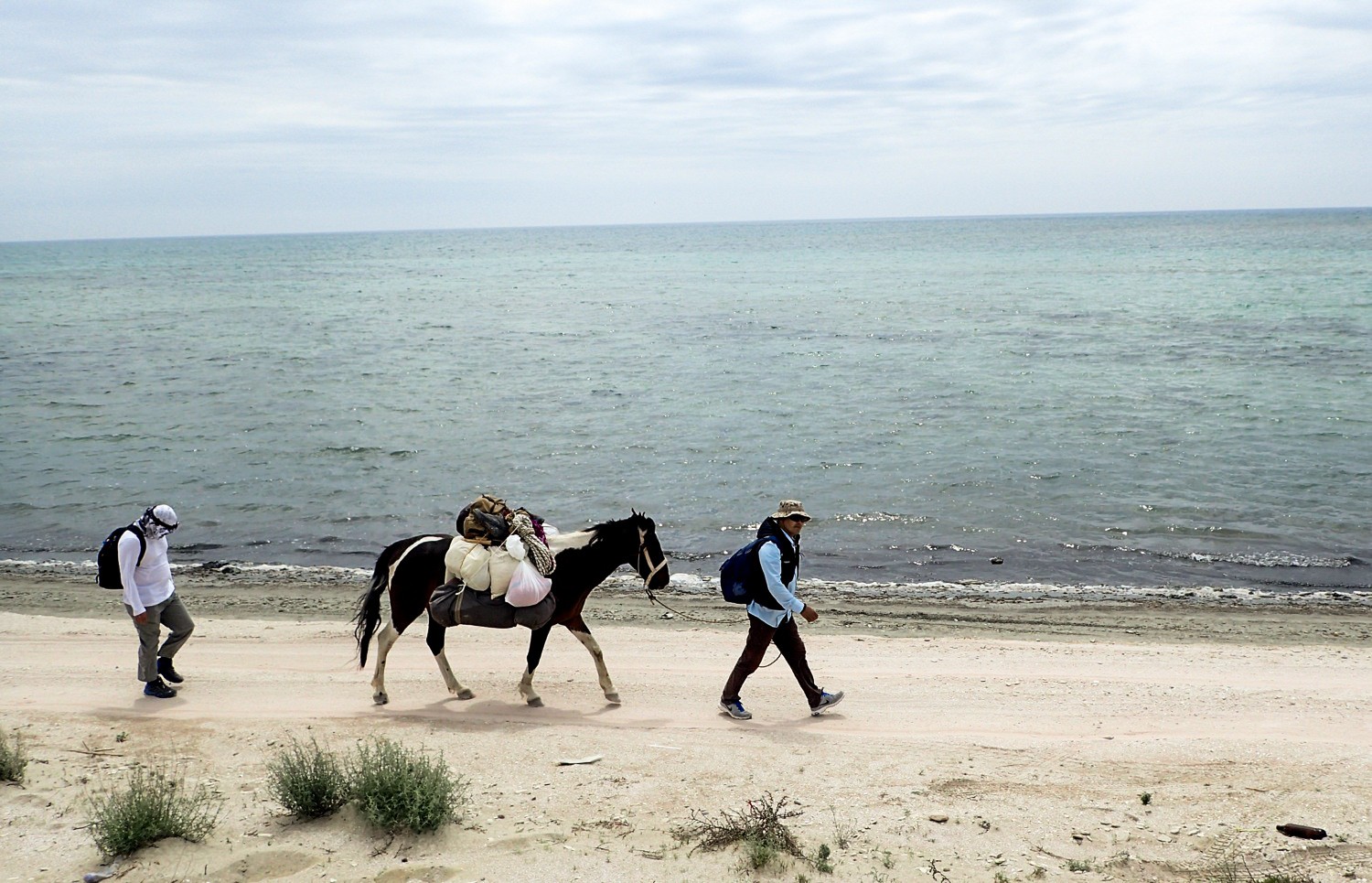
Unfortunately, Salopek’s trek was sidelined for a significant amount of time because of the Covid-19 pandemic. He has, however, resumed his journey and as of earlier this month (November 2021), he was in China’s biodiversity hotspot situated in the Gaoligong Mountains, near China’s border with Burma. To give you an idea of the massive biodiversity of the area, there are about 5,000 species of plants, 700 species of animals, and 1690 different insects! Several new plant species are discovered in the area each year. Salopek reminds us that while we were all focused on the climate change summit in Glasgow, the United Nations 15th biodiversity conference was held in China this year, and it was equally as important as the climate change summit.
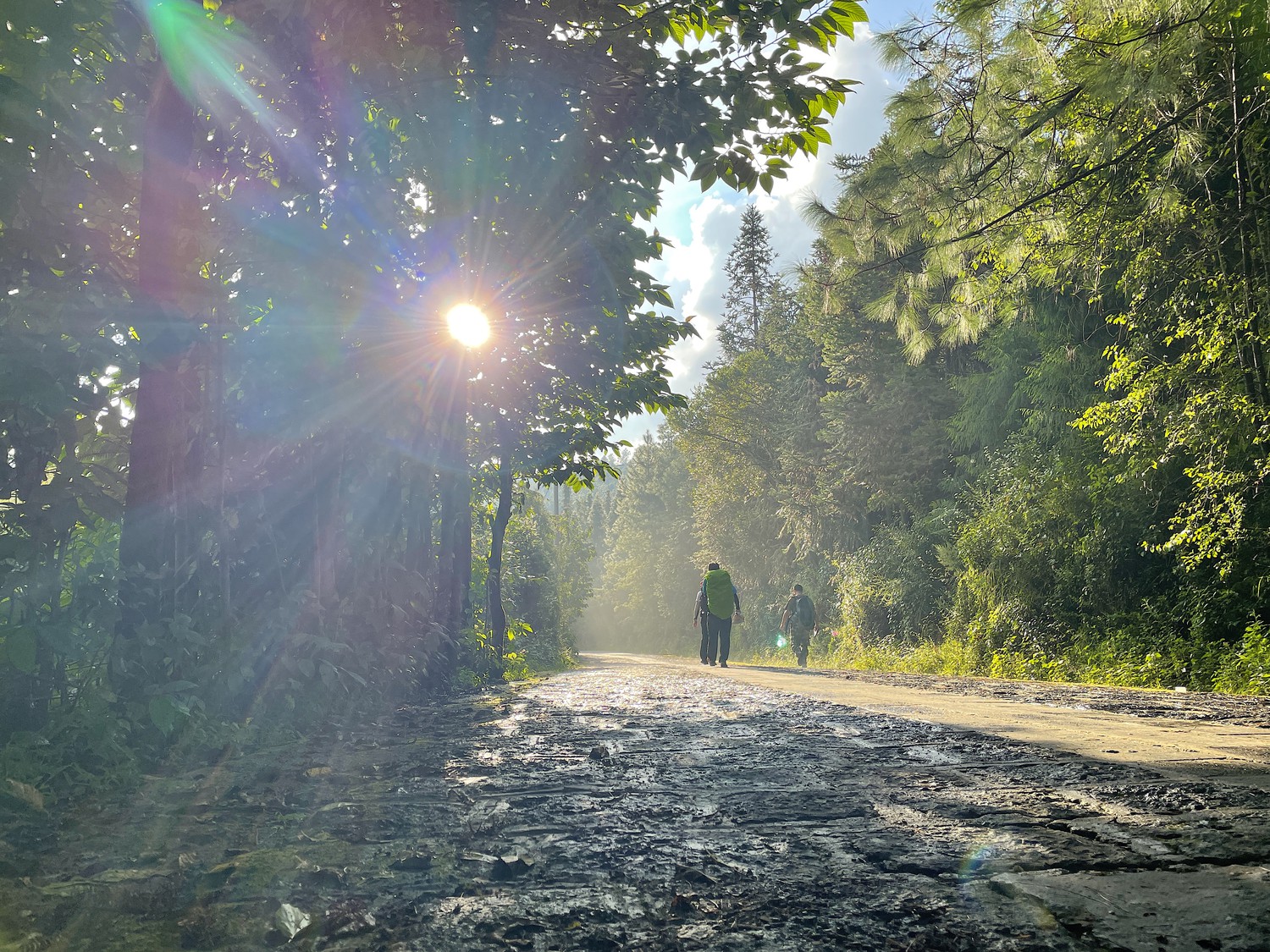
The Out of Eden Odyssey

Paul Salopek, a journalist though National Geographic, orchestrated a 24,000 mile journey of journalism. This journey, called Out of Eden, was a ten year long experience where Salopek traveled from Africa on the path of the migration of human life.
In this blog, I will be choosing three magnificent places throughout Salopek’s journey that really caught my attention- the first place being Israel, specifically Jerusalem. Jerusalem holds so much historical beauty, especially in the realm of religion. On this virtual journey, every viewer has the opportunity to take a “walking tour” of Paul Salopek’s pathway through Jerusalem and see his adventure.

The next place on Paul Salopek’s journey that caught my attention was Jordan. Jordan, like Israel, holds historical and religious significance. The specific area within Jordan that held my interest was Gohr Al Safi. This location is featured in the article Shards. Gohr Al Safi is home to the ruins of the Christian Monastery that belonged to Lot, a righteous man of God. This monastery is located at the lowest point of the world: 1,378 feet below sea level. The article shares that there are many mosaic restorers that spend their days trying to piece back together the monastery. This is amazing because it shows that there are people that deeply care about the historical and religious significance of this place and that they hold it in high esteem.

Faridcot, Punjab, India was my third place of interest. The article, Walking Through a Youthful Exodus in India, brings up a very intense issue in rural India- the need for escapism. To my surprise, Salopek shares that most drug abuse in India is in rural communities and that 70 percent of drug abusers come from rural backgrounds. That is certainly not the case in America, as the opioid epidemic is rampant within urban areas and less prominent (but still very existent) in rural communities. Drug abuse is not the only form of escapism that plagues the people of Punjab, the dire yearning to literally escape and leave their country is a relevant form of escapism as well. Tens of students every day would approach Salopek to practice their English skills. This English skills need to be proficient in order for these students to gain visa access and emigrate. This article was very interesting, but it is always disheartening to hear of devastating living conditions and what people in those areas need to do/ feel the need to do in order to escape and be free.

This Out of Eden experience was very informative and incredible. It is always important to be aware of the things that are going on around the world, for these nations, though they are far, are homes to our brothers and sisters. The Out of Eden walk speaks light into culture, social issues, history, and so much more. Check it out for yourself, it is worth it.
Diane Hoffman
Recent Comments